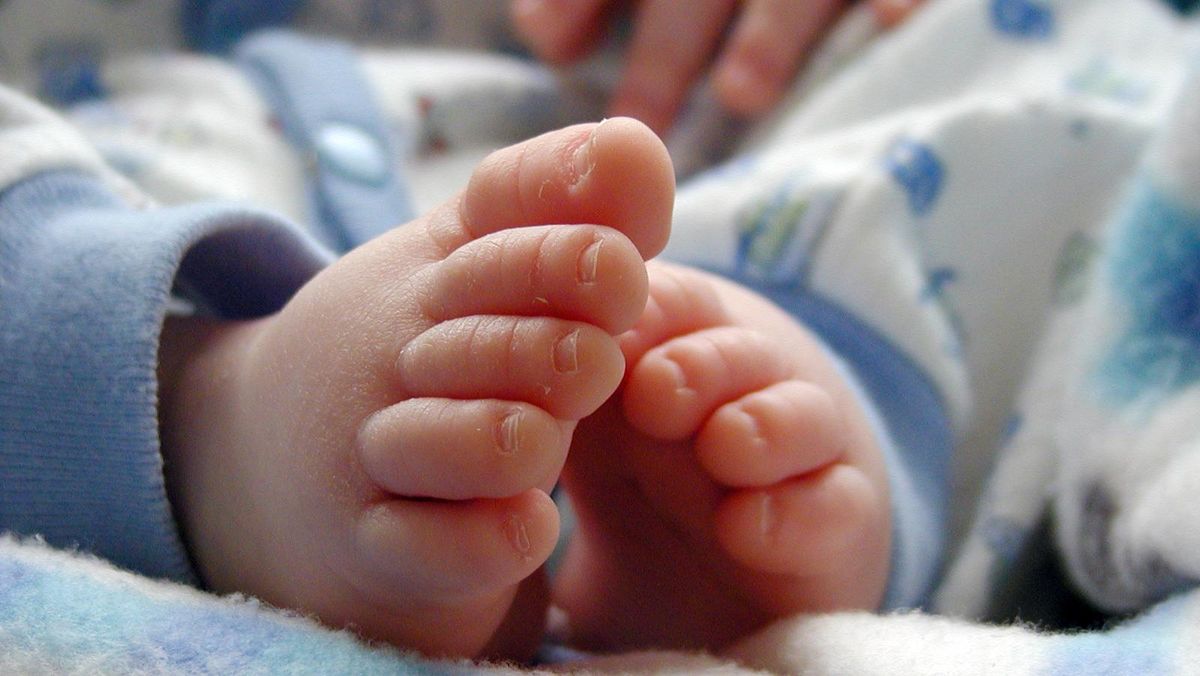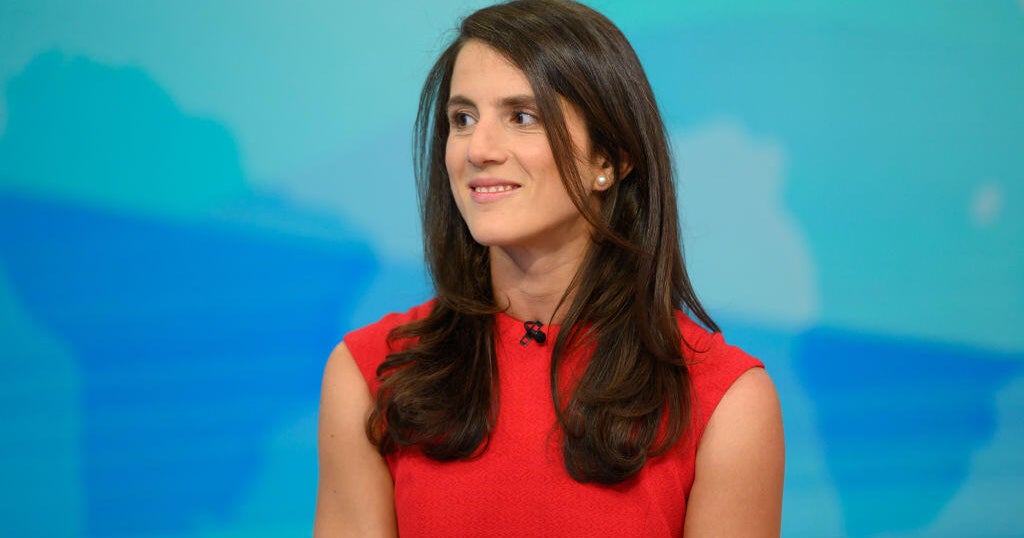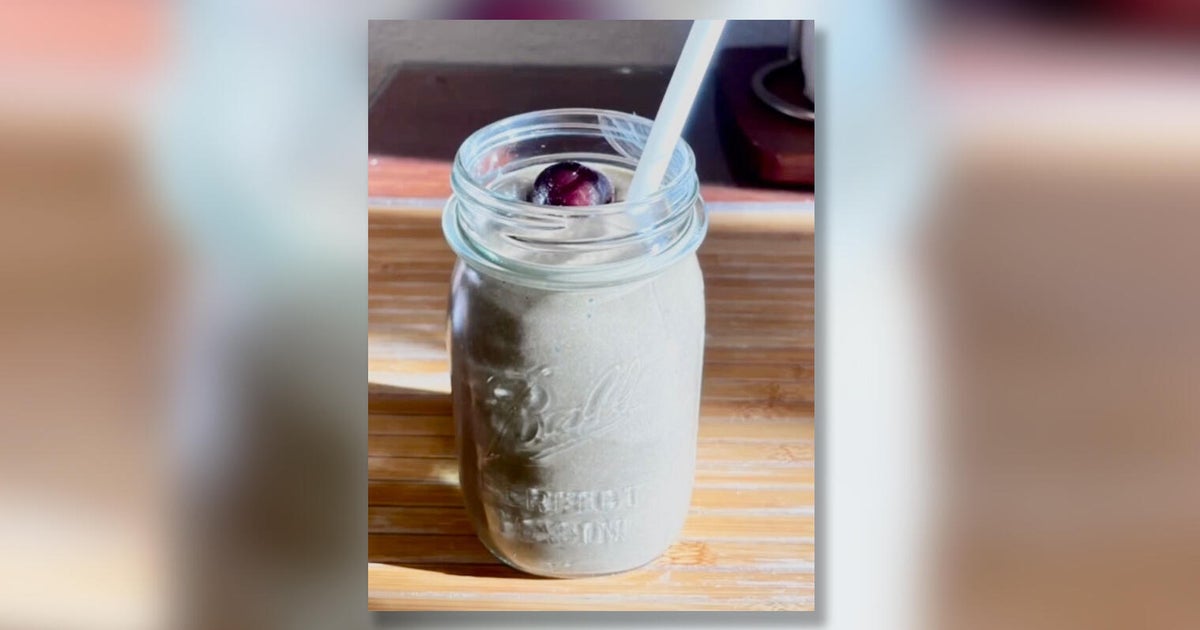It is possible, in theory, I suppose, to come to Ireland and not have a grand time. But, truth be told, that’s about as likely as finding pots of gold at the end of the rainbows that frequently arch over the lush, rolling landscapes of this ever-enchanting Emerald Isle.
Speaking from experience, and countless visits, in all seasons, I usually land here with a smile and leave with an even bigger one, my treasure chest of travel memories brimming afresh thanks to the people and places I encounter here.
Now, you may think I’m a little biased. While born in England, I am, thanks to my late grandad, one of the estimated 80 million or so humans that claim Irish roots (incidentally, if you do, or suspect you might, don’t miss the excellent EPIC museum in Dublin, which traces the Irish diaspora and its emigration across the globe, including to Australia).
Whatever your ancestry, you’re usually sure (to be sure) of a welcome as warm as the fireside seating in the magnificent watering holes that sprinkle the island of Ireland and, alongside the sublime scenery, often rank as a trip highlight.

About 137,000 Australians visit the Emerald Isle annually, according to Tourism Ireland, which promotes the Republic of Ireland, a European Union member that makes up over four-fifths of the island, and Northern Ireland, part of the UK and adapting to the post-Brexit world.
For tourism purposes, however, the border between “the South” and “the North” remains fairly invisible, although you’ll notice differences in accents, currencies (euros v pounds) and distances (kilometres v miles).
The average Australian spends 15 nights here, making them the longest-staying overseas tourists. That’s a decent amount of time, but consider adding another week.
The Emerald Isle is slightly larger than Tasmania, and despite far more people living here (7.1 million v 575,000), it has, in parts, a similarly wild, wonderful, end-of-the-world feel to Tassie.
Ireland is unique, though, and if you’ve yet to visit – or daydream about returning – here are some compelling reasons to book that flight.
For those who have yet to visit, and perhaps for those who have already had the pleasure, whether recently or in the past, here’s Traveller’s guide to the ultimate Ireland holiday.
The craic

Craic – pronounced crack – is the fix many tourists are looking for. More specifically, good craic.
It ostensibly means a fun time, usually with friends and/or family, and not exclusively, but often at one of the Emerald Isle’s 6000-plus pubs, from lovingly restored ones off cobbled city alleys to far-flung gems like Farren’s Bar, Ireland’s most northerly watering hole, run by the same family for six generations on a wave-lashed, peat bog-strewn headland in County Donegal.
Though “sober dating” is a trend – alcohol consumption in Ireland has sunk by a third since the new millennium – it still lubricates social occasions.

Following the band’s Dublin comeback concerts in August, Oasis’ Noel Gallagher – who has Irish heritage – confessed he did “a lot of singing, a lot of drinking and a lot of talking nonsense” at O’Donoghue’s, which, like so many Irish pubs, began life as an 18th-century shebeen (an unlicensed drinking den). Live music fuels the craic seven nights a week – legendary folk band The Dubliners often played here – while TV screens, broadcasting live rugby, soccer, boxing, Gaelic football and hurling, stir patrons’ pride and passion.
Yet good craic doesn’t have to be loud or rowdy. Heaps of pubs have secluded snugs, nooks, crannies and booths, ripe for philosophical musings or leafing through that James Joyce book you’ve been carrying around. Best do this on a weekday afternoon rather than a Saturday evening, mind.
A few pubs don’t even have Wi-Fi and encourage conversations. If you’re travelling solo, talkative types are rarely far away. Many Irish are raconteurs, possessing a talent passed down the generations, cultivated by an ancient culture that valued oral communication over the written word.
The countryside

Dramatic and devilishly handsome, Ireland’s coast is irresistible. And we’ll get there. But don’t neglect the interior (like many tourists do).
All 32 counties – 26 in the republic, six in “the North” – boast inland diversions coddled in some of the most bewitching, bucolic countryside on earth.
Johnny Cash wasn’t far off with his song Forty Shades of Green, inspired by a 1959 trip here. Uber-verdant landscapes are carved with meandering country roads (and several straighter ones and highways) with potential pit stops aplenty, from druidic sites and ruined abbeys to thoroughbred horse studs and villages with postcard-pretty churches, coffee shops, inns and boutique hotels.
Some landlocked counties, such as Kilkenny and Tipperary, south of Dublin, receive a regular flow of tourists, with the latter home to the Rock of Cashel, where it’s believed St Patrick converted the King of Munster – one of Ireland’s four provinces – to Christianity.

Less visited is Meath, a cattle-grazed county north-west of Dublin, where you’ll hear stories of Patrick, and fellow patron saints, Brigid and Colomba, plus yarns about pre-Christian pagans and the neolithic tribes, who built the UNESCO-listed passage tombs and ceremonial mounds of Bru na Boinne. Dating from 3200 BC, they’re older than Giza’s pyramids and Stonehenge. Its most enigmatic site, Newgrange, is perfectly aligned for December’s northern winter solstice, when a shaft of light penetrates the chamber at sunrise.
It was in Meath, at Kells Abbey, where monks produced one of medieval Europe’s finest treasures, the Book of Kells. Admire this richly illuminated manuscript at the oak-panelled library of Dublin’s Trinity College, a conveyor belt of illustrious writers, scientists and politicians since AD1592.
The coast

Founded as ancient ports, Ireland’s major cities have soul-stirring seaside on their doorsteps. If you watched Game of Thrones, you’ll have seen the spectacular County Antrim coast near Belfast.
But Dublin is also blessed. With the DART (Dublin Area Rapid Transit) train, you can hit the affluent, hiker-friendly Howth Peninsula, north of Dublin Bay, or the equally desirable southern suburbs, where the siblings from Apple TV+ hit Bad Sisters bathe in the natural rock pool dubbed the Forty Foot. Bono, Enya and Cillian Murphy are among the Irish celebrities with homes locally.
Some of the waters lapping Ireland’s coastline are as blue as Murphy’s eyes, though jade and turquoise hues also caress the shores, including those of Wicklow and Wexford in Ireland’s south-east, where Curracloe Beach doubled as Normandy’s World War II D-Day landing beaches in Saving Private Ryan.
Even more cinematic is the ocean-battered west coast, home to the Wild Atlantic Way, hailed as the world’s longest coastal touring route. It snakes 2600 kilometres – a similar distance to a Sydney-to-Cairns coastal drive.
However, this journey is more indented, winding and pulse-raising, characterised by mountainous peninsulas, tropical-looking coves, sweeping surf beaches, jagged islands, sorbet-shaded fishing villages and sheer cliffs that you can stride atop, buffeted by life-affirming breezes.

The route is divided into 14 stages, including the Ring of Kerry, a 179-kilometre loop from the convivial town of Killarney. One enticing detour on this leg is a boat ride to Skellig Michael, a UNESCO-protected monastic island that appeared in the Star Wars saga and attracts breeding puffins (April-August).
The Aran Islands are another windswept temptation, linked by ferries from Galway, a vibrant, busker-dotted city at the Wild Atlantic Way’s halfway point.
As a rule, more tourists venture south of Galway with less trampled delights to the north, where village craftsmen and women weave tweed jackets, scarves and caps and wellness hubs offer treatments with peat and seaweed.
Beyond the peaks, bogs and lakes of Connemara National Park are ruggedly idyllic counties such as Mayo and Sligo, which was immortalised in the poetry of W.B. Yeats. Continuing into County Donegal, Slieve League are the loftiest sea cliffs on Ireland’s mainland, spearing 601 metres above the ocean (three times higher than the more vaunted Cliffs of Moher in County Clare).
As well as crashing waves, you’ll see and hear more Irish language on the western seaboard. Irish-speaking strongholds – called Gaeltacht regions – include Kerry’s delightful Dingle Peninsula. To say hello here, it’s “Dia duit”, throatily pronounced jee-ah-gwit.
The castles

No one can agree how many castles scatter this island (some say 3000, others 30,000). But you’ll rarely go long without seeing one, whether it’s an impeccably preserved pile like Dublin Castle – the seat of British colonial power in Ireland for more than 700 years and now hosting contemporary art exhibitions – or a spooky ruined fortress such as Dunluce, crowning the sea cliffs by Royal Portrush, one of the Emerald Isle’s 400-plus golf courses (where a 16-year-old Rory McIlroy set a course record).
Some castles and stately homes are now five-star hotels with their own golf courses, strollable parklands, woodlands, gardens, spas and upscale wining and dining.
Either side of the Shannon, Ireland’s longest river, you’ll find Dromoland Castle and Adare Manor, while further north, where County Galway meets Mayo, Ashford Castle is a fairytale lakeside retreat once owned by the Guinness brewing family.
It was originally a fortified tower house for another dynasty, the de Burghs, who helped defeat the native clans and chieftains in the 12th-century Anglo-Norman conquest of Ireland.

Medieval-style banquets, harp music and humorous stories entertain tourists at castles such as Knappogue and Bunratty in County Clare, and Malahide, which is north of Dublin (and apparently haunted by at least five ghosts).
Supernatural vibes cloak County Cork’s Blarney Castle, where tourists queue to kiss the Blarney Stone, fabled for imparting eloquence – or the “gift of the gab”.
Everyone waxes lyrical about the view from Ross Castle, a 15th-century keep in Killarney National Park, where red deer roam, boats glide across Lough Leane and Ireland’s highest peak, Carrauntoohil (1039 metres), rises from the Macgillycuddy’s Reeks mountain range.
Outside Belfast, Hillsborough Castle – King Charles III’s official residence in Northern Ireland – runs guided tours of its lavishly furnished state rooms.
The festivals

St Patrick’s Day (March 17) is the big one, of course, when parades throng villages, towns and cities with revellers dressed in green. Some sport shamrock hats and fake beards, mimicking leprechauns – mythological figures in Irish folklore.
However, it’s another fantastical character – the impish, shape-shifting puca – that’s honoured at a much older Celtic festival, Samhain. Communal bonfires traditionally heralded harvest’s end and the onset of the “dark” period of the year. Irish emigrants took their customs to America, sowing the seeds for Halloween.
But there’s been a Samhain resurgence in the motherland, especially at the Puca Festival in County Meath and in Derry-Londonderry, site of Europe’s largest Halloween festival.

Also raising the spirits is November’s Ennis Trad Fest, when leading Irish traditional musicians bring their heart-stirring vocals, violins, fiddles, flutes and accordions to County Clare’s largest town.
Between August 2 and 9 next year, the world’s largest festival of Irish music, song and dance, Fleadh Cheoil na hEireann (All-Ireland Music Festival), will rouse Belfast, which also has May’s annual Cathedral Quarter Arts Festival – a boon for contemporary music, comedy, theatre and literature. Even bigger is Galway International Arts Festival (July 13-26, 2026), while in late-September, that city stages (apparently) the world’s oldest oyster festival.
Dublin always buzzes with events. In June, it has LGBTQ+ Pride and Bloomsday, which toasts Ulysses, James Joyce’s epic novel. Billed as Ireland’s first “proper” city, established by Vikings in AD914, Waterford sees hordes of street artists painting giant murals at its big August festival.
The history

Colonisation. The Great Famine. The Easter Rising. Independence. Partition. Civil Wars. Bloody Sunday. The Troubles. The Catholic Church. Peace. The Celtic Tiger. The Crash. The Recovery. Brexit. Irish Reunification? These are some of the chapters of Ireland’s complex backstory explored by tour guides.
The best mix facts with emotive and witty anecdotes. Daragh Fitzgerald, a Trinity College history graduate, helped me see Dublin’s photogenic Georgian core in a new light.
I was hooked by Cynthia Simone’s tales of ancient Irish warriors and goddesses in Trim, a County Meath town with perhaps Ireland’s best-preserved Anglo-Norman castle, while farmer-guide Stephen Hegarty shared the magic of The Burren, a surreal limestone plateau in Ireland’s west.
Historian Peter Monaghan unravelled Northern Ireland’s knotted politics for me in Derry-Londonderry’s 400-year-old walled city, and I’ve witnessed rejuvenation and segregation in Belfast with ace guides Dolores Vischer, Dee Morgan and Billy Scott (the latter at the wheel of his black taxi).
The food

Surrounded by cool, clear waters and flush with fertile soils, Ireland draws a rich bounty from both land and sea and you can sample it everywhere, from pubs and street food stalls to smart-casual bistros and Michelin-starred restaurants – plus in and around produce halls like St George’s in Belfast and Cork’s English Market.
Breakfast “fry-ups”, seafood chowders, fish and chips, and slow-cooked beef and Guinness stews remain staples. But you’ll find menu classics given a surprise twist, perhaps with added seaweed or spices.

Plant-based and vegetarian choices have rocketed and dining is ever more cosmopolitan. Boosted by one of Europe’s strongest economies, and years of positive net migration, Ireland has an increasingly diverse, multi-racial society, and it’s reflected in the authentic Mediterranean, Asian and African cuisines on offer.
Naturally, the cities have more eclectic eats, but imaginative dishes are served in the countryside, too, where chefs source ingredients from kitchen gardens and the farm – or bay – next door. Don’t miss Kinsale, a coastal town in County Cork, at the southernmost point of the Wild Atlantic Way. Its glut of delectable eateries has earned it the moniker “the gourmet capital of Ireland”.

Hotels, both urban and rural, excel in the culinary stakes with seasonal Irish produce at the forefront. On my latest trip, I savour succulent wild Irish scallops, local Kilmessan rack of lamb, aromatic cheeses and home-made chutneys at The Signal, an elegant restaurant at the Station House Hotel, which spans a former railway junction in County Meath’s Boyne Valley.
The drinks

Good wine, gin and cocktail lists are fashionable, yet the iconic Irish tipples hold sway. The island has more than 100 microbreweries, but one stout still dominates. Enjoy tours, tastings, workshops and 360-degree Dublin vistas at the Guinness Storehouse, a top attraction by the original 250-year-old brewery.
In its shadow, Dublin’s Liberties neighbourhood is a hotspot of Ireland’s resurgent whiskey industry. Distilleries here include Pearse Lyons in a beautifully repurposed deconsecrated church.
The so-called “water of life” – uisce beatha – is also produced at castle estates outside Dublin, including Powerscourt and Slane, location for The Traitors Ireland. Midleton, a town near Cork, makes Jameson, the world’s best-selling Irish whiskey.
In “the North”, Bushmills, near the extraordinary basalt columns of Giant’s Causeway, touts itself as the world’s oldest distillery – receiving its first licence in AD1608.

Visitors can also tour Belfast’s slick newcomers: Titanic Distillers, by the shipyard where that doomed vessel was built, and McConnell’s, at the old Crumlin Road Gaol, where political prisoners were detained. Whatever you’re imbibing, raise your glass and say slainte. Phonetically sounding like slawn-cha, it means good health.
The practicalities
They drive on the left here. Peak travelling months are April to October, when you’ll (usually) get the best weather and definitely the most daylight. I got lucky with a flurry of 25-degree, blue-sky days one June road trip, but the weather can be erratic with sporadic showers, clouds and sunshine.

There’s a greater chance of storms and snow between November and March. But it rarely gets that cold, and Ireland’s temperate climate, warmed by the Atlantic Gulf Stream, allows subtropical plants to thrive in botanical gardens, like those on Garinish Island in County Cork and Valentia Island in Kerry. Whenever you’re coming, pack layers, waterproofs, sunglasses and an umbrella and you’ll be fine.
IRELAND’S RICH CULTURE: A READY RECKONER
The books
Seek out novels and poems by Irish-born icons such as Jonathan Swift, Bram Stoker, Oscar Wilde, George Bernard Shaw, James Joyce, C.S. Lewis, Samuel Beckett and Seamus Heaney. Later generations, from Colm Tóibín and Maeve Binchy to Roddy Doyle and Sally Rooney, have continued to weave Irish life and society into page-turners. Prefer non-fiction reads? Journalists Fintan O’Toole and Diarmaid Ferriter expertly chronicle the Emerald Isle’s past and evolution. Bookworms will love Ireland’s bookshops, libraries, literary festivals and museums such as MoLI in Dublin.
The art
Evocative land and seascapes grace studios, gift shops and galleries island-wide, including at Dublin’s Irish Museum of Modern Art and the National Gallery of Ireland, which also has Jack Butler Yeats’ The Liffey Swim (1923), depicting swimmers in the city’s river. Across Ireland, look out for portraits by Colin Davidson, who brilliantly captures celebrities and everyday people. Discovered in rural Ireland, and still inspiring today’s artisans, are the ancient chalices, rings and brooches at Dublin’s National Museum of Archaeology.
The music
It’s easy to compile an all-Irish playlist for your trip, from folksy Riverdance-style toe-tappers to radio-friendly tunes from The Script and Two Door Cinema Club. U2, Thin Lizzy, Van Morrison, The Cranberries, Sinead O’Connor, The Pogues, The Undertones, Bob Geldof and Rory Gallagher are among the musicians lauded at the Irish Rock’n’Roll Museum in Dublin’s pub-sprinkled Temple Bar enclave. En vogue now are post-punk acts Sprints and Fontaines DC, country-pop singer-songwriter CMAT and politically charged hip-hoppers Kneecap, who perform in English and Irish. My favourite Irish band is Ash, pop-punk legends from Downpatrick, in whose churchyard you’ll find the grave of St Patrick.
The films
Several Irish memoirs have become Oscar-garlanded movies, such as My Left Foot (1989), starring Daniel Day Lewis as Christy Brown, an artist born with cerebral palsy. Angela’s Ashes (1999) adapts Frank McCourt’s Pulitzer Prize-winning account of his youth in gritty 1930s Limerick, and Kenneth Branagh’s Belfast (2021) recalls his working-class Northern Ireland childhood. The Banshees of Inisherin (2022), Martin McDonagh’s tragicomedy starring Colin Farrell and Brendan Gleeson, showcases the rustic majesty of two west-coast islands, Achill and Inis Mor.
The TV shows
Ireland’s small-screen output has boomed since Father Ted, a 1990s sitcom about priests on the fictional Craggy Island. Blending farce and charm are sitcoms such as Derry Girls and Young Offenders, about a pair of teenage eejits (idiots) in Cork. Though filmed in England and Wales, Netflix’s House of Guinness transports viewers to 19th-century Dublin. Belfast has grown into a hive of TV production. Gripping shows set here include police procedural Blue Lights and Say Nothing, based on Patrick Radden Keefe’s riveting 2018 book on The Troubles.
THE DETAILS
TOUR
Tour operators, including Globus (globus.com.au), Collette (gocollette.com) and Bunnik (bunniktours.com.au), each offer escorted trips around the Emerald Isle. Itineraries typically range from seven to 15 days and some also hop over to Britain.
FLY
Emirates flies to Dublin from Sydney and Melbourne via Dubai. If travelling to Britain first, cities such as London, Birmingham and Manchester have regular flights to several Irish destinations, including Dublin, Belfast, Cork and Shannon.
MORE
ireland.com
discovernorthernireland.com
The writer was a guest of Tourism Ireland.


















































